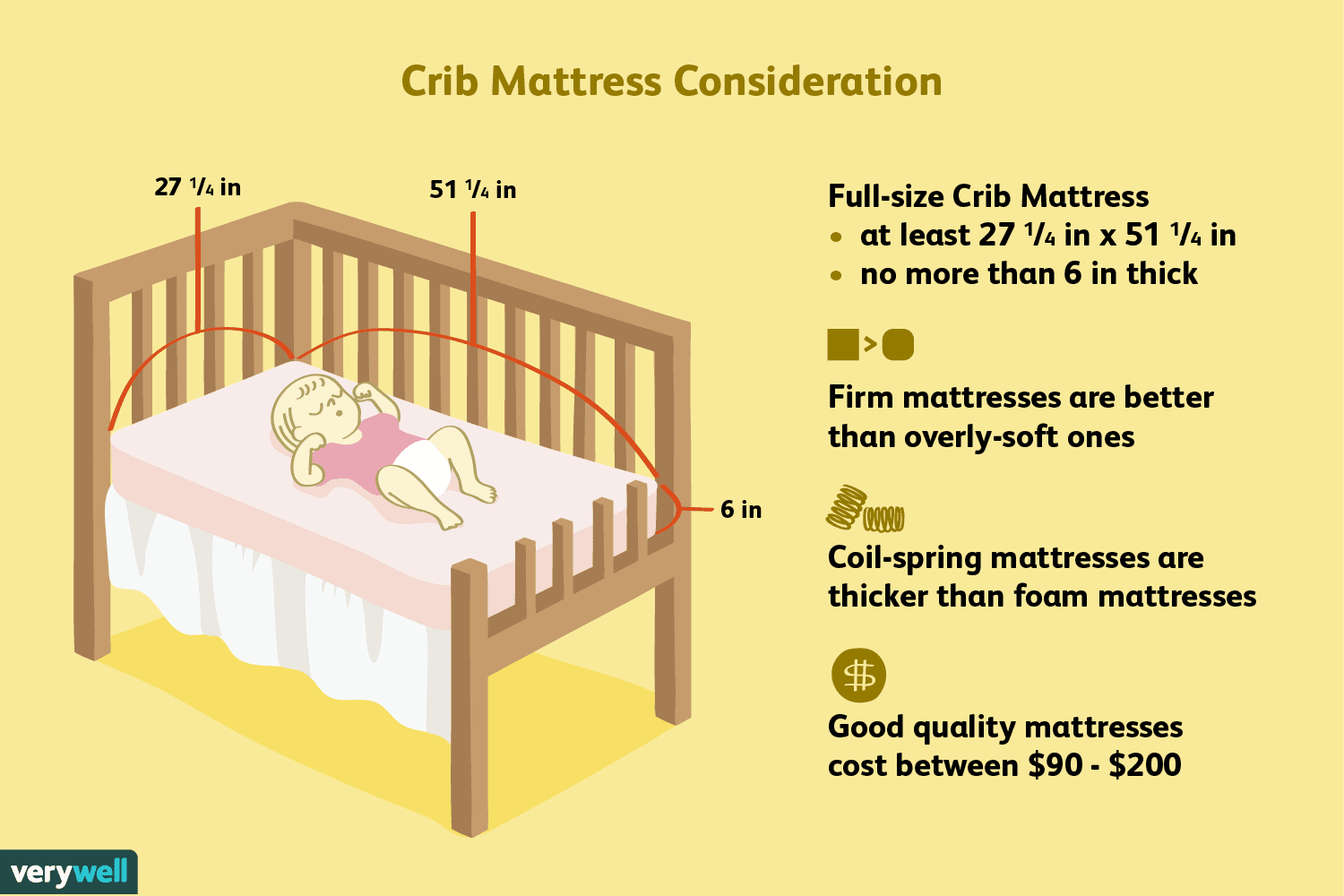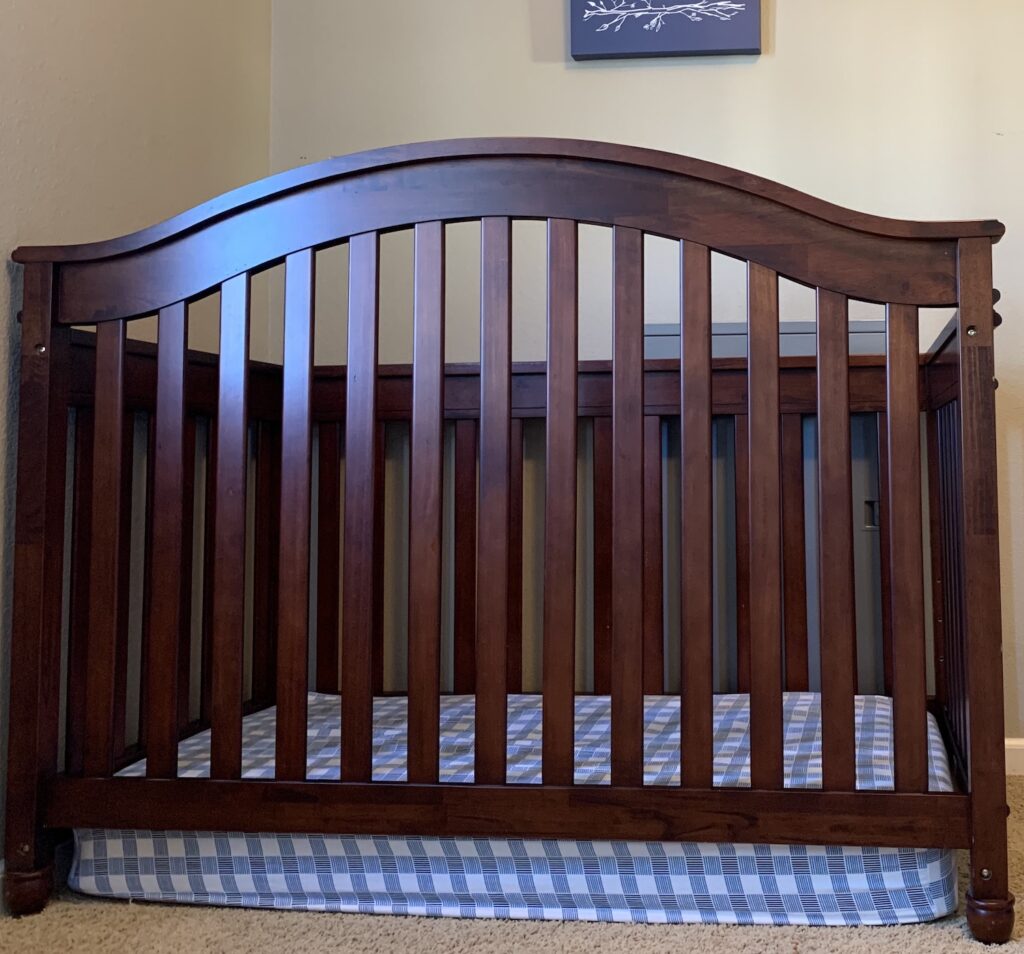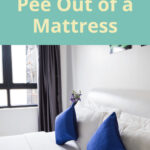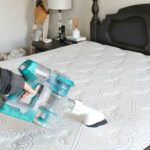When to lower the crib mattress of your baby is an important decision for any parent. It is important to consider the age, weight and development of your child when determining when to lower their crib mattress. By lowering the mattress at the right time, you can help ensure your baby’s safety and ensure they get the best sleep possible. In this article, we will discuss when the right time to lower your baby’s crib mattress is, as well as the safety considerations to keep in mind.
When to Lower Crib Mattress

How to Make Crib Mattress Higher
When your baby is first born, the mattress of their crib should be at the highest setting. This will help keep your baby safe and prevent them from rolling out of the crib. For most cribs, the mattress should be at least 4 inches below the top of the crib. This can be adjusted by loosening the screws on the side of the crib and raising or lowering the mattress as needed.
When to Drop Crib Mattress
Once your baby is able to sit up unassisted, it’s time to lower their crib mattress to the second-lowest setting. This will help prevent them from climbing out of the crib and help keep them safe. When your baby is able to pull themselves up to standing, the crib mattress should be lowered to the lowest setting.
How High Should Crib Mattress Be for Newborn
For newborns, the crib mattress should be at the highest setting, which is typically 4 inches below the top of the crib. This will keep your baby safe and prevent them from rolling out of the crib. For older babies who can sit up unassisted, the mattress should be lowered to the second-lowest setting. When your baby can pull themselves up to standing, the mattress should be lowered to the lowest setting.
How to Lower Crib Mattress to Floor
Lowering a baby’s crib mattress to the floor can help them feel more secure and comfortable, but it is important to do so at the right time. When a baby is able to sit up without assistance, pull themselves up to standing, or climb out of their crib, it is time to drop the mattress. It is important to ensure that the mattress is safely lowered to the floor and that the crib is still stable and secure.
How to Raise Crib Mattress Height
If you need to raise the crib mattress height, most cribs come with adjustable heights to make this easier. Make sure you follow the manufacturer’s instructions carefully when making any height adjustments. It is also important to secure the mattress at the highest setting to prevent the baby from climbing out.
How Low Should Crib Mattress Be
When dropping the crib mattress, make sure that it is not too low. Ideally, the mattress should be at least 26 inches off the ground. This will provide enough room for your baby to move around without risk of injury.
When it is time to lower the crib mattress, make sure to do it safely and securely. It is also important to keep an eye on your baby when they are in the crib, even when the mattress is at the correct height. By following these tips, you can ensure that your baby’s crib mattress is at the right height for their safety and comfort.
Frequently Asked Questions
How do I know when it’s time to lower my baby’s crib mattress?
When your baby can pull themselves up to a standing position and is at least 3 feet tall, it’s time to lower the mattress. You should also check the manufacturer’s instructions for the recommended mattress height. To reduce the risk of entrapment, the mattress should not be higher than the top of the crib’s side railing. If your baby’s crib does not have adjustable mattress height, it’s time to switch to a crib with an adjustable mattress.
Is it Safe to Lower the Crib Mattress Before My Baby Can Sit Up Unassisted?
No, it is not safe to lower the crib mattress before your baby can sit up unassisted. Babies are at risk of falling out of their cribs and sustaining serious injuries if their mattress is too low. The American Academy of Pediatrics recommends that the crib mattress is set at the highest level until your baby can sit up unassisted.
Is there an Ideal Age for Lowering My Baby’s Crib Mattress?
The ideal age to lower your baby’s crib mattress depends on a few factors, including your baby’s size, coordination, and safety. Generally, it is recommended to lower the mattress to the lowest possible level when your baby starts to sit up on their own, usually around 6 months old. This will help keep them safe and reduce the risk of them falling out of the crib. It is important to ensure the mattress is securely attached and there are no gaps between the mattress and the sides of the crib.
Are there risks to lowering my baby’s crib mattress too soon?
Yes. Lowering the crib mattress too soon can increase the risk of suffocation and other safety hazards. Here are some of the risks associated with lowering your baby’s crib mattress too soon:
- The baby can become trapped between the mattress and the side of the crib, which increases the risk of suffocation.
- The baby can fall out of the crib if the mattress is too low.
- The mattress may not be held securely in place if the crib is not the correct size for the mattress.
- The mattress may not provide enough support for the baby, increasing the risk of SIDS.
Therefore, it is important to wait until your baby is at least 12 months old before lowering the crib mattress.
Is there a difference between lowering the crib mattress and transitioning to a toddler bed?
Lowering the crib mattress is the first step when transitioning a baby from a crib to a toddler bed. Lowering the mattress helps to create a safe sleep environment for the child, allowing them to easily get in and out of the bed. Transitioning to a toddler bed is the second step, as it provides the child with more freedom and independence. Toddler beds are typically lower than standard beds, and feature guard rails to help prevent falls.
Conclusion
Lowering the mattress in your baby’s crib is a safe and easy way to keep them safe and comfortable as they grow. It’s important to monitor your baby’s development and lower the mattress when it is necessary to prevent them from climbing out. Additionally, you should check the mattress for any signs of wear and tear before lowering it.






